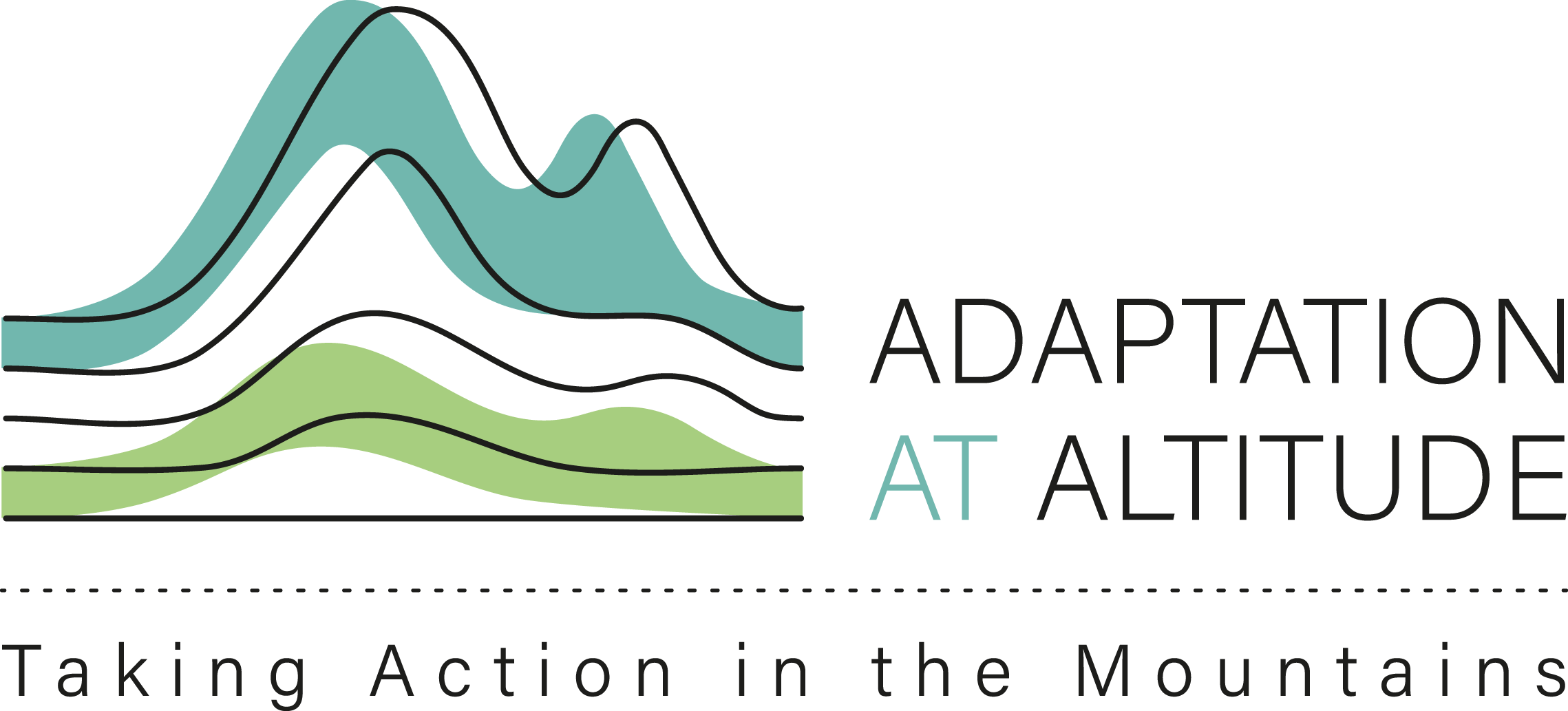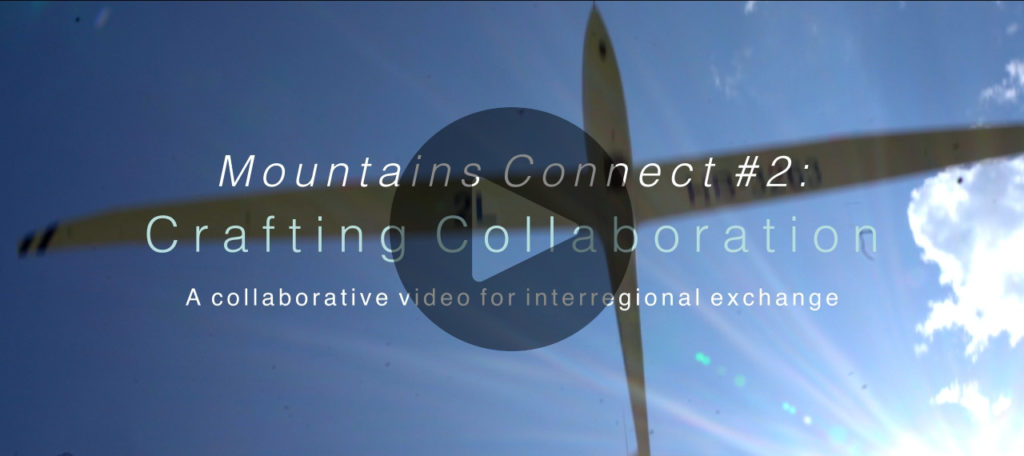Mountain range governance agreements have operated with very different degrees of formalization, ranging from legally binding international treaties to loosely organized networks of interested actors. The Mountains Connect #2 video covers key aspects to consider when crafting collaboration and offers examples from many mountain regions.
Formal instruments offer a structured approach to mountain range governance (MRG) with a clearly defined legal status, clear roles (e.g. parties to the agreement, secretariats, observers), lines of accountability (e.g. decision making authority, reporting responsibilities), sometimes budgetary resources and r(e)distribution mechanisms, and continuity; however, international treaties take time and resources to set up and govern and depend on the negotiation of mutual agreements for decision-making. Informal approaches can be flexible setups that easily accommodate diverse stakeholders, but they can be less stable over time in part due to difficulties in resource mobilization.
Script & CAST
Jörg Balsiger, Professor of Geography & Environment, University of Geneva
To establish a good working relationship in any context takes creativity, commitment, and time. In transboundary mountain regions, shared experiences have often brought people together. At the same time, remoteness in mountains regions sometimes makes it more difficult to meet than elsewhere.
Today technology makes collaboration easier but working together still requires shared rules, principles, and organizations. While institutions found in mountain range governance are highly diverse, crafting collaboration requires attention to at least three key factors: The first concerns the nature of the governance instrument. At one end of the spectrum we have international treaties such as the Alpine or Carpathian Conventions, which take the form of a framework convention accompanied by thematic protocols. At the other end we have much less formal arrangements. They may be based on declarations of shared interests or be based on loosely constituted working communities.
Nature of the governance instrument
- formal vs informal
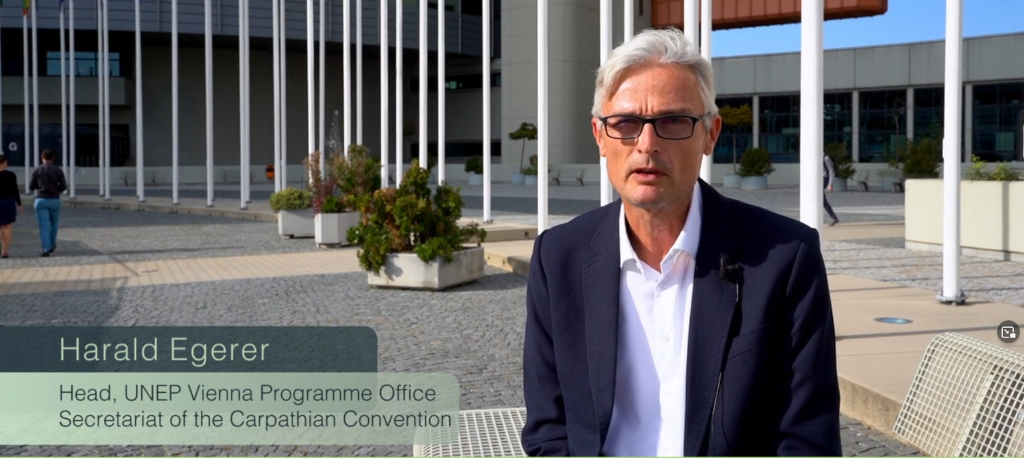
Harald Egerer, Head, UNEP Vienna Programme Office, Secretariat of the Carpathian Convention
The key institution for cooperation in our mountain range is the Framework Convention for the Protection and Sustainable Development of the Carpathians. It is a forum of cooperation and stakeholder participation on a regional scale. The advantage of the Carpathian Convention is to provide a stable framework of cooperation and of inclusion of stakeholders into its proceedings. It’s normative, it’s an international legal instrument.
Brij Rathore, Chief Policy Advisor, International Center for Integrated Mountain Development (ICIMOD)
There are a large number of issues that easily lend themselves to be addressed effectively through regional coordination, but the one I will pick up today is illegal trade in wildlife, which cuts across the national boundaries. I talk about three institutions. The first one is the Wildlife Crime Control Bureau, which is the national level agency and has regional centers, one for the North and one for Eastern areas of the Himalayan ranges. It draws membership from different forces, customs, research and training organizations, and also conservation organizations. The second one is the border meetings which happen between two countries in the border areas. They also address illegal trade in wildlife. And the third one, of course, is the bilateral MoUs which get signed by two countries to address issues of conservation.
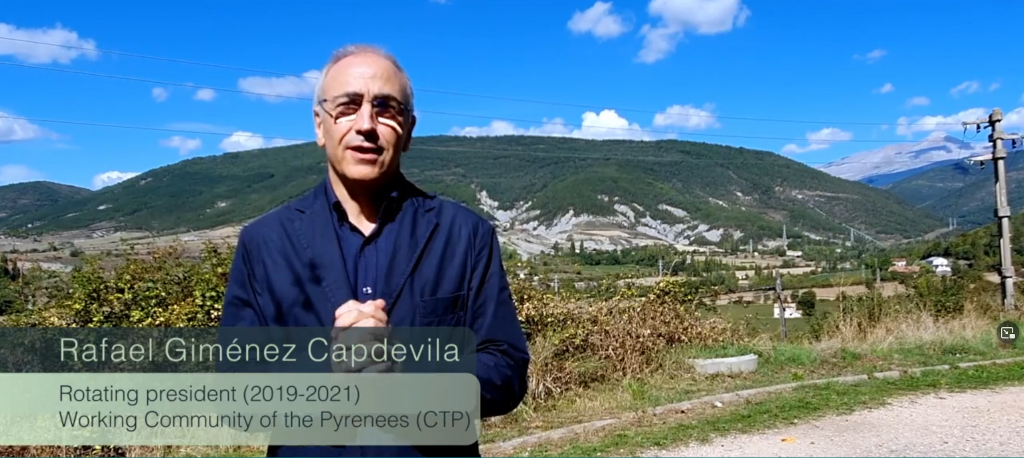
Rafael Giménez Capdevila, Rotating president (2019-2021), Working Community of the Pyrenees (CTP)
Governance of diverse factors often requires complex institutional engineering. The Working Community of the Pyrenees (CTP) is an ideal platform to address complex issues because it brings together key actors and has a large capacity to mobilize others at all levels of governance. It is a loose structure with a broad territorial and thematic scope, with a transversal and cross-border vision. It combines almost 40 years of experience in territorial cooperation and, in addition, since 2007 acts as the managing authority of one of the Interreg programs financed with ERDF [European Regional Development Fund] funds from the European Union: the Territorial Cooperation Program Spain France Andorra (POCTEFA).
Jörg Balsiger
The second factor relates to how collaboration is organized. Here, one option follows from the treaty mechanism, where signatories meet in conferences of parties and adopt decisions and resolutions. Another option is much more action-oriented, where the focus is on the development and implementation of programmes and projects.
Organization of collaboration
high-level decisions / resolutions
program / project focus
Harald Egerer
Our main decisions are made every three years by the Conference of the Parties to the Carpathian Convention. In the meantime, between these big meetings every three years, we have Working Groups and Implementation Committee coming together several times a year. For us in the Carpathian Convention it is very important that our decisions and strategies are also filled with life, and they don’t just stay on paper. So we try to do everything possible to make implementation real. Our incentive is that we engage with parties and stakeholders to develop joint projects and to try to mobilize the required resources. For example at the moment we are working on a project for the Central Europe Programme that would support the monitoring of large carnivores in the Carpathians.
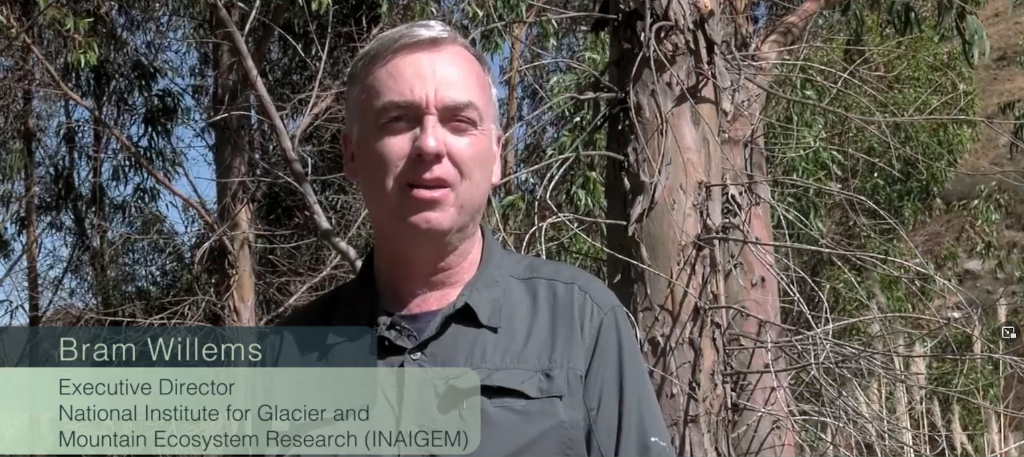
Bram Willems, Executive Director, National Institute for Glacier and Mountain Ecosystem Research (INAIGEM)
When it comes to regional cooperation, we need more public policies that facilitate the work between different countries, especially in areas with glaciers where we share borders between countries.
Rafael Giménez Capdevila
Once a year, the CTP organizes a Plenary Council, where representatives of its members adopt a declaration with major agreements and guidelines. Approximately every two months, the Executive Committee meets and discusses the agreements and formally adopts them. Finally, decisions are adopted by consensus, although, when necessary, decisions can also be made by majority vote, which guarantees territorial balance.
Jörg Balsiger
The third factor to consider is who is responsible for coordinating mountain range governance. Responsibility can be located at the national level: this is usually the preferred approach with state-negotiated instruments. Conversely, where collaboration is project-oriented, subnational governments are often also involved. Similarly, responsibility for coordinating collaboration may be with the executive when the instrument is a treaty. Or it may be mainly with public administration, such as a ministry of the environment or regional development. Combinations of these forms are often found. For example, task forces, councils, or working groups can bring together representatives of different government branches and levels as well as key non-governmental actors – but how is it done in practice?
Responsibility for coordination
– national level vs. subnational level
– executive vs. public administration
– combinations, involving civil society
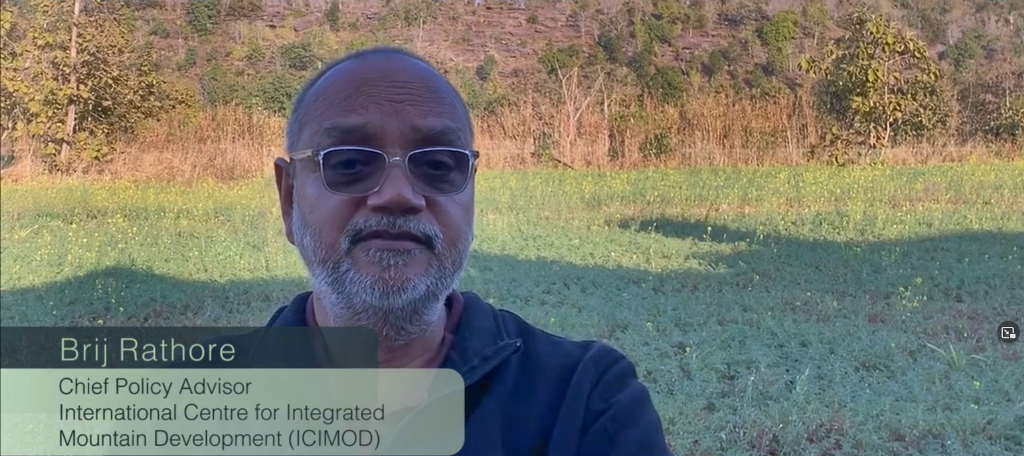
Brij Rathore
I’m looking at the more regional innovative practices and think the South Asian Enforcement Network is a very good institutional platform but I think it needs more strengthening, and regional institutions like ICIMOD can also play a very effective role in bringing the more science-based information to these multilateral platforms and arrangements which happen across countries.
Harald Egerer
The Carpathian Convention is governed by its Parties, that means its Member States. But its fully open for observers who are able to participate in our decision-making, that allows inclusion of non-governmental organizations and of scientists and of local stakeholders.
Rafael Giménez Capdevila
Innovation in cross-border governance is constant. The institutional evolution of the members of the CTP, whose competencies and interests change over time, already implies a constant adjustment. The opportunity to receive European funds is also a source of innovation as their regulations change every seven years and force us to rethink the content and form of cooperation. Furthermore, the search for more efficiency in common activities also encourages innovation.
Bram Willems
INAIGEM, being the highest authority in glacier research, is the institution with the capacity and required dynamism to articulate a series of institutions including academic and governmental institutions, as well as the private sector and communities, in order to turn research into action aiming for a continued preparation of our population to the changes brought by our modern context.
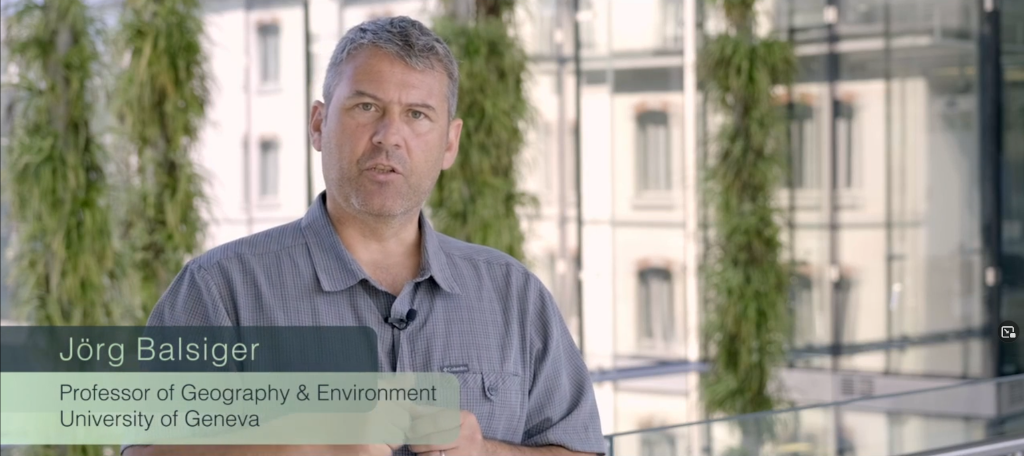
Jörg Balsiger
Mountain range governance institutions come in different shapes and forms. They work best when they build on prior regional collaboration and when they respond to specific governance concerns. Still, no one size fits all.
While each configuration and degree of formality has its pros and cons, there are some general tendencies.
- The more an institution is formalized at the highest government level, the more authority it can command; however, high degrees of formality can also translate into lengthy decision making.
- The more an institution’s work prioritizes programmes and projects, the easier it is to involve different stakeholders; however, this approach can make collaboration dependent on funding and can lead to unwieldy arrangements as well as high transaction costs.
- Finally, giving responsibility for mountain range governance to the executive can attract policy attention and sustain international cooperation, but it can also lead to frequent changes due to elections; conversely, giving responsibility to public administration may encourage stability but can also undermine cross-sectoral integration.
Crafting institutions for mountain range governance is an opportunity to foster capacities to respond to global challenges such as climate change. Looking at these institutions around the world shows a wealth of human ingenuity.
Key lessons
High-level institutionalization
- special leverage but lengthy processes
Programme/project focus
- broad participation but funding dependency and high transaction costs
Executive responsibility
- international cooperation perspectives but subject to political priorities or international cooperation; elective turnover
Public administration
- relative stability but risk of suboptimal policy integration
ORGANIZATIONS APPEARING IN THE VIDEO
- International Centre for Integrated Mountain Development (ICIMOD) (-> link)
- Consorcio de la Comunidad de Trabajo de los Pirineos / Working Community of the Pyrenees (-> link)
- UNEP Vienna Programme Office – Secretariat of the Carpathian Convention (-> link)
- Instituto Nacional de Investigación en Glaciares y Ecosistemas de Montaña / National Institute for Glacier and Mountain Ecosystem Research (-> link)
